Sweet Woodruff / Spring / Summer / Autumn / Edible
Sweet Woodruff is an edible & delicious low lying, perennial plant, found in well established woodlands.
Common Names
Sweet Woodruff, Sweet-scented bedstraw.
Botanical Name
Galium Odoratum
Scientific Classification
Kingdom – Plantae
Order – Gentianales
Family – Rubiaceae
Foraging Video for Sweet Woodruff
Physical Characteristics of Sweet Woodruff
Leaves
The small, simple, hairless leaves grow in ‘whorls’ around the stem.
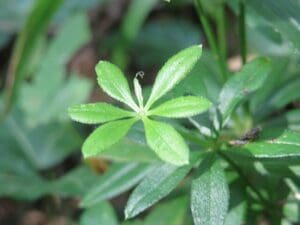
Flowers
Small (4-7mm) white flowers with four petals.
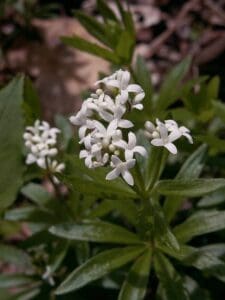
Habitat
Typically found in well-established woodlands, the plant prefers full to partial shade and damp, rich soils.
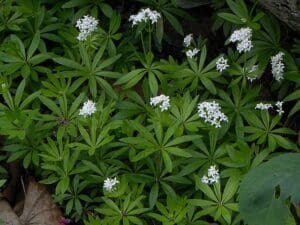
Known Hazards
The flavour of the leaves derives from the chemical coumarin, if the plants are dried under damp conditions this can be converted to dicoumarin which can prevent blood clotting and lead to uncontrolled bleeding. However the plant is safe if dried quickly and stored in a sealed container.
Could be Confused with
Cleavers, but Sweet Woodruff lacks the sticky bristles. Cleavers are also edible
Edible Uses
The flavour of the leaves is somewhere between vanilla and almond and have been traditionally used to flavour drinks. The dried leaves can be used to flavour milk based dishes for example rice pudding or panna cotta.
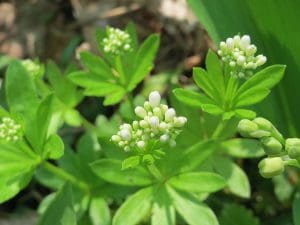
Notes on Herbal Uses
The plant has been used in the past to treat wounds and is helpful for liver or digestive issues.
Extra notes from the Foragers
The petals are covered with spherical structures which when viewed under a microscope look like tiny pearls.



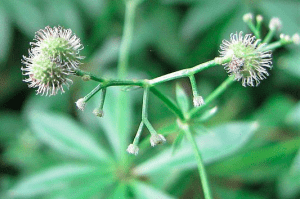
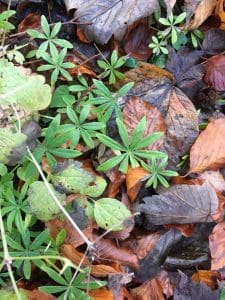
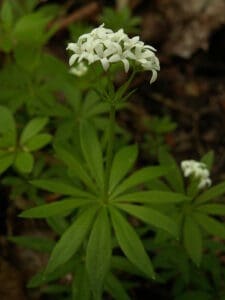



Leave a Reply
You must be logged in to post a comment.